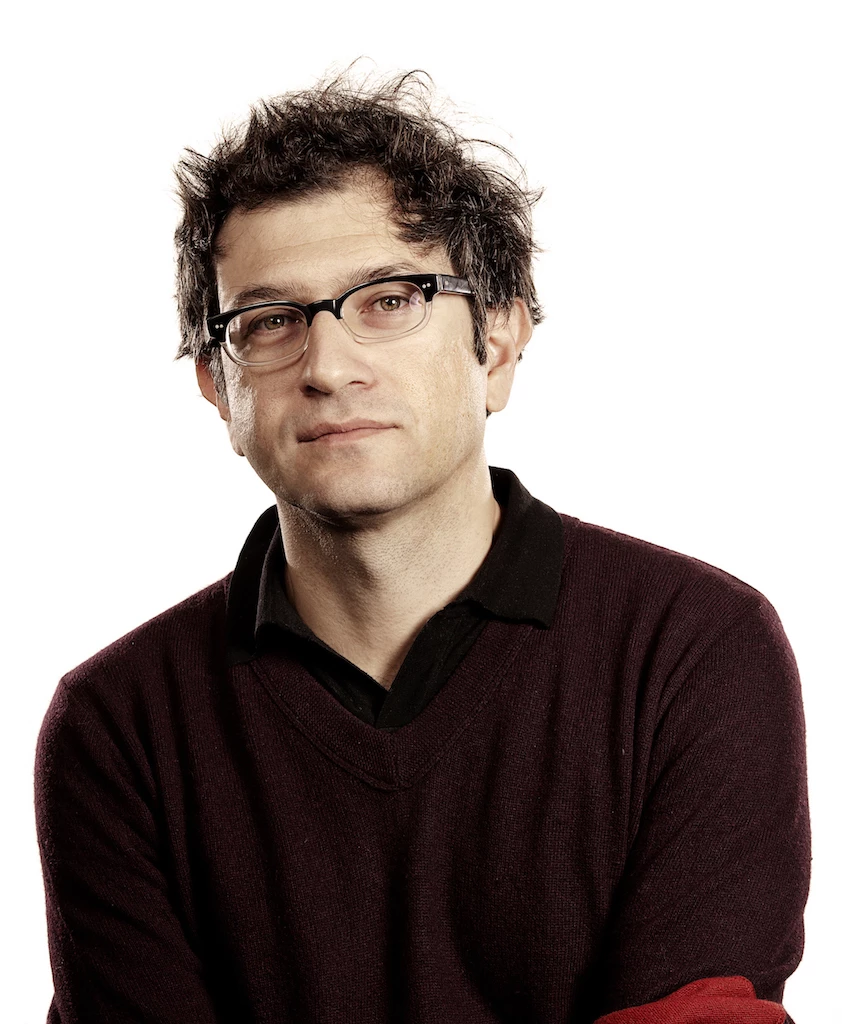
Partner Article
Keeping it real: Spotting trends on social
Nowhere is the speed of cultural change better captured than through social media. In fact, the connection between brands and consumers has never been closer than what we see today, which puts this category in pole position when it comes to unearthing the trends of tomorrow. However, spotting these trending topics can be difficult, with consumers frequently change their tastes and lifestyles and social networks creating monumental volumes of information.
This is where detailed and AI-driven analysis across social platforms is a game-changer. It enables insight into the behaviour and sentiment of millions of active consumers, networked creatives and industry insiders. It can detect subtle indicators of change from the reduction of buzz around a specific topic to the emergent discussion on new products, colours or tastes. Yet, for all the data sets, minutiae and nuances, there are three key pillars to understand when it comes to identifying trends through social media: influencers and brands.
Beyond Influencers It’s no secret that consumer behavior is closely related to cognitive biases, and influencer marketing is a modern day totem of this. Last year saw a whopping 12.9 million brand sponsored influencer posts on Instagram - a number expected to double by the end of this year, creating an estimated market size of nearly $1.7 billion.
However, influencers are decreasing in worth. With an increasing number of paid for posts, with global brands spending time, effort and money to get coveted top-tier influencers involved in campaigns, it has diluted the overall worth for consumers. Switching off to brand-heavy posts, and unfollowing influencers who are regular offenders in ad postings, there’s a rise of the ‘insider’.
An insider isn’t controlled by brands who spend money on ad campaigns with them, they are at the first stage of the innovation curve when it comes to trends. Often the person which influencers follow and look to emulate, these ‘insiders’ can be hard to track down. But once you do, they have be invaluable for identifying social trends.
Brands Perhaps the most famous example of an industry that places a premium on finding and backing trends is fashion. The industry is notorious for it, famously being able to predict what colors we want to wear before we even know we want to wear them. Its entire ecosystem operates on not about keeping up with the Joneses but being better than them, and making sure they know it.
But it’s not alone. Financial analysts spend millions of dollars performing quantitative and qualitative analysis all in service of trendspotting. But finding and acting on trends is no longer the preserve of the uber-cool, or uber-rich companies. Social media means businesses are liberated and free to experiment, which is inspiring novel ways of behaviour. Brands are learning to be more generous on social not using it just as their way to reach target customers. Moving forward, we’re going to see brands engage in generosity and promoting ways to make social a healthier, more authentic place.
So what’s next? Well that’s a million dollar question. Social listening is a great method to better understand consumers, however, it shouldn’t be a given. Looking at who the people are behind the pixels is important – looking at culture, behaviour and purpose is key for context. Without it, marketers will always be chasing the end curve of a ‘trend’.
This was posted in Bdaily's Members' News section by Luca Morena .








 Why investors are still backing the North East
Why investors are still backing the North East
 Time to stop risking Britain’s family businesses
Time to stop risking Britain’s family businesses
 A year of growth, collaboration and impact
A year of growth, collaboration and impact
 2000 reasons for North East business positivity
2000 reasons for North East business positivity
 How to make your growth strategy deliver in 2026
How to make your growth strategy deliver in 2026
 Powering a new wave of regional screen indies
Powering a new wave of regional screen indies
 A new year and a new outlook for property scene
A new year and a new outlook for property scene
 Zero per cent - but maximum brand exposure
Zero per cent - but maximum brand exposure
 We don’t talk about money stress enough
We don’t talk about money stress enough
 A year of resilience, growth and collaboration
A year of resilience, growth and collaboration
 Apprenticeships: Lower standards risk safety
Apprenticeships: Lower standards risk safety
 Keeping it reel: Creating video in an authenticity era
Keeping it reel: Creating video in an authenticity era